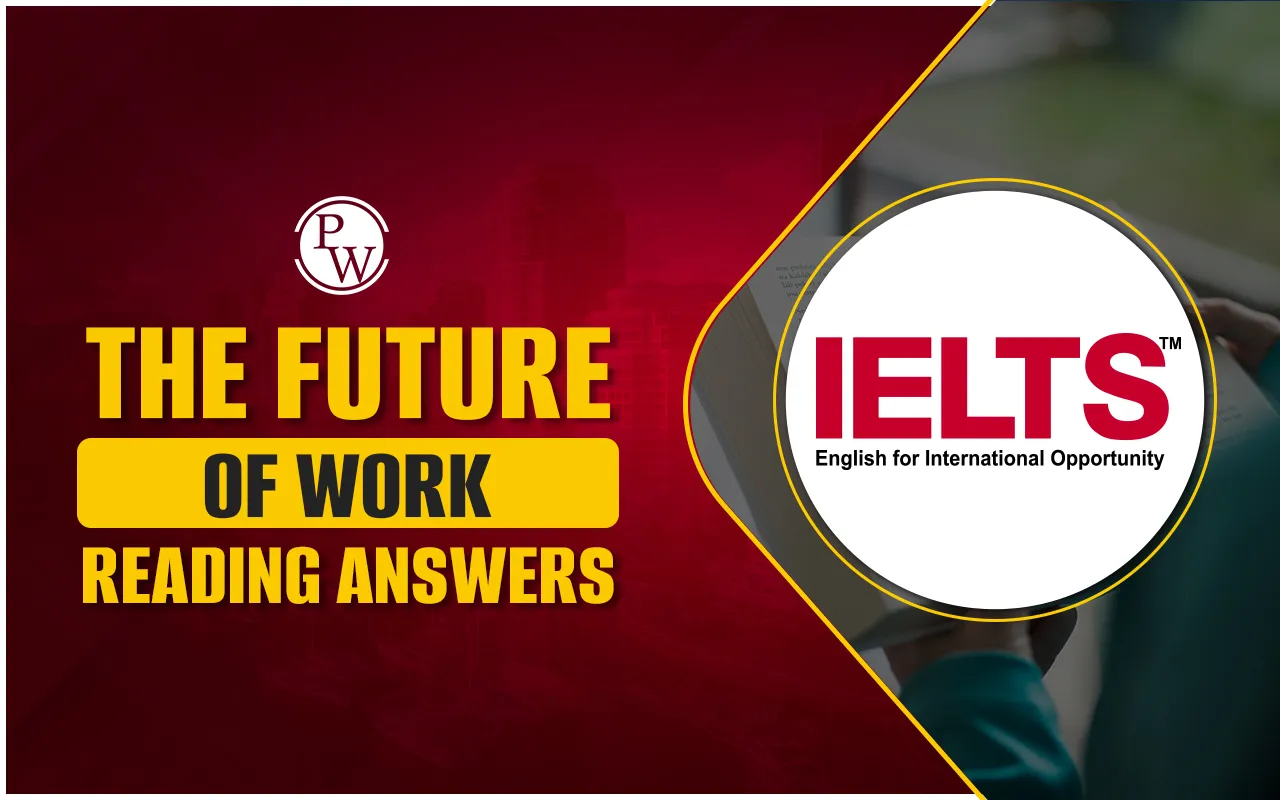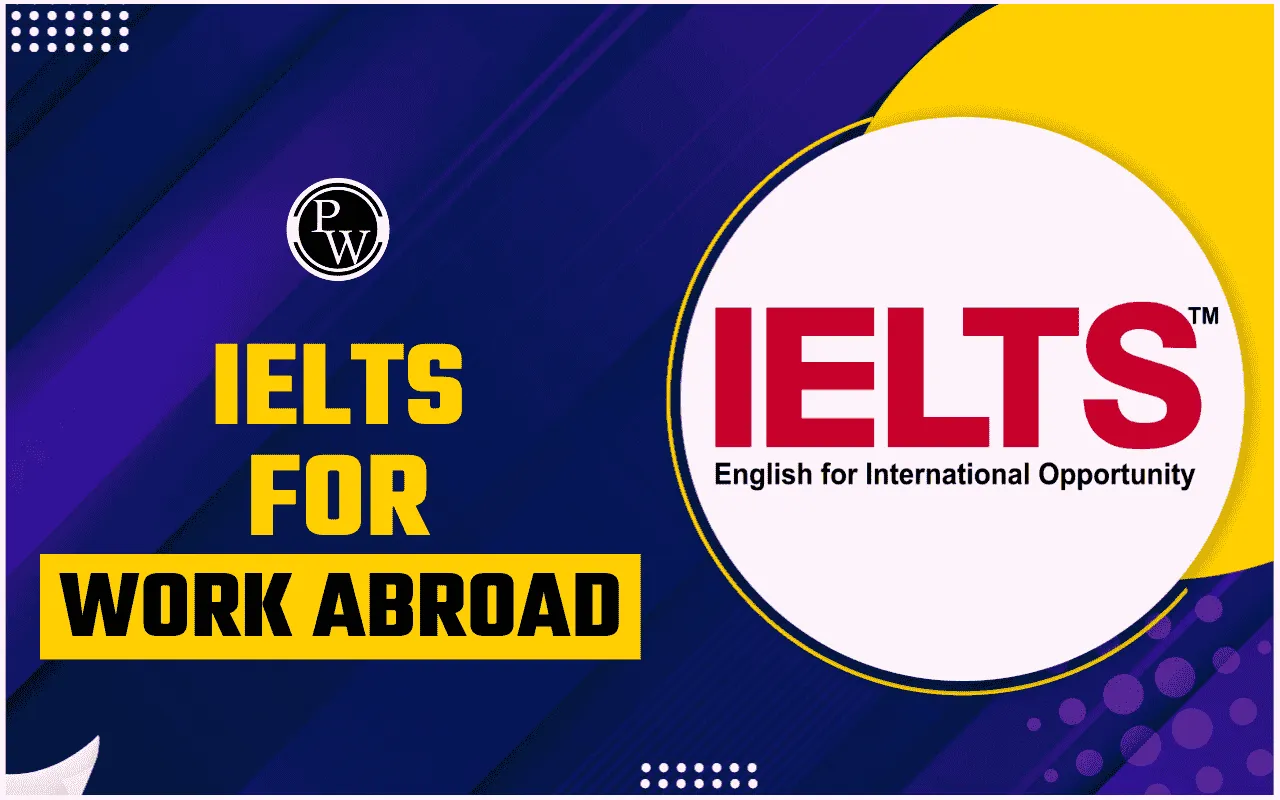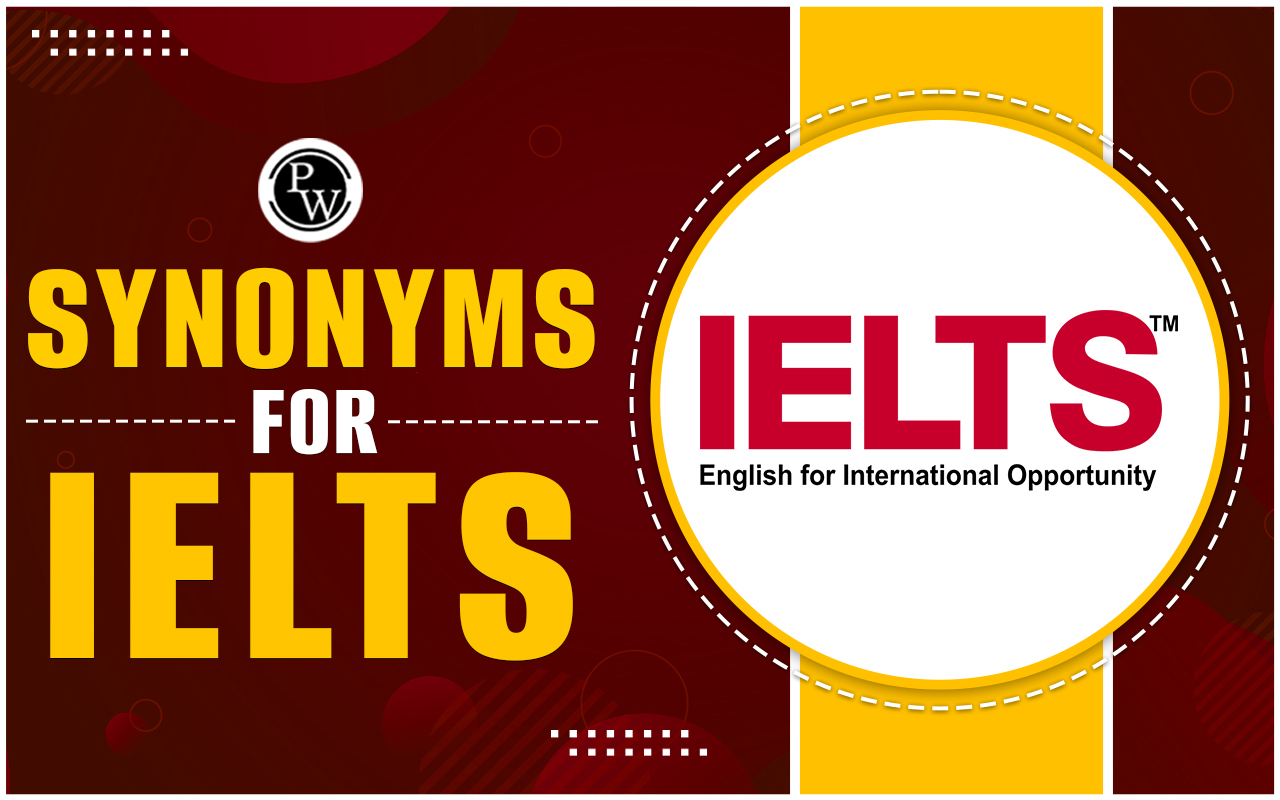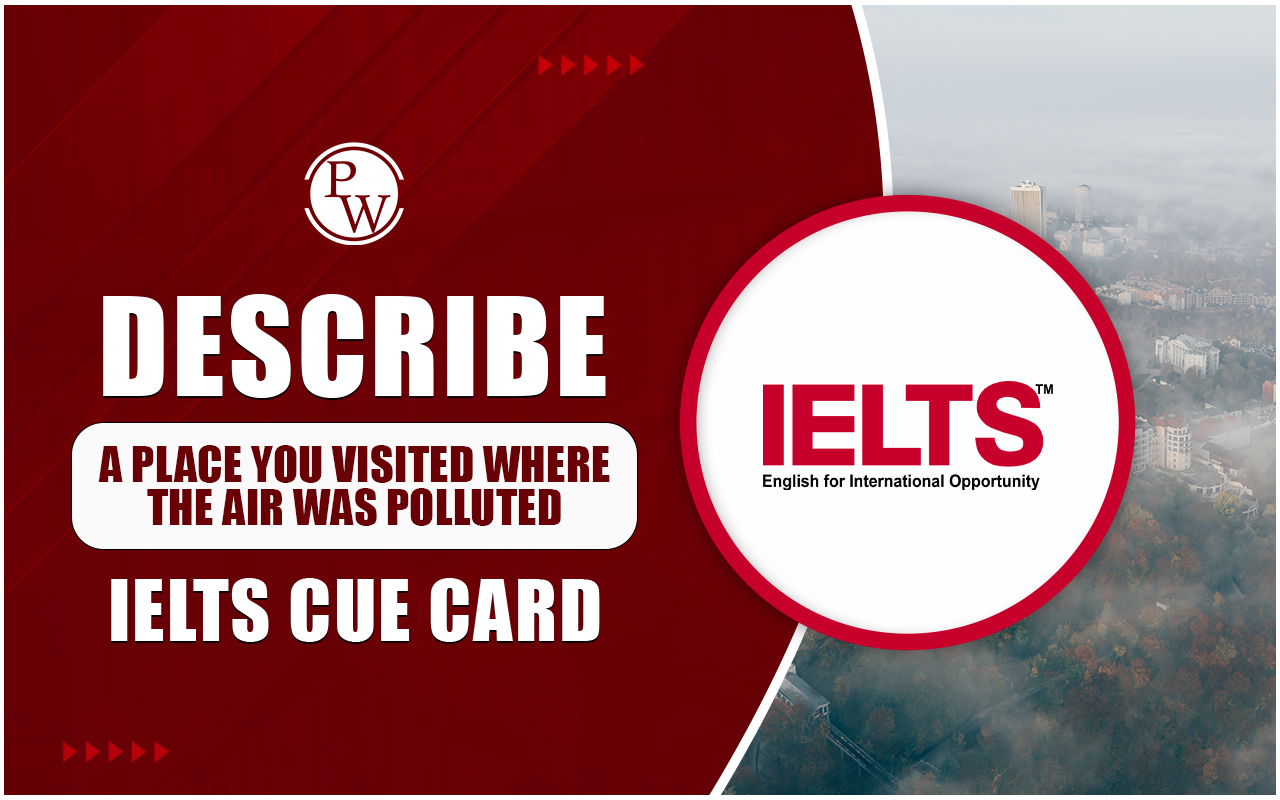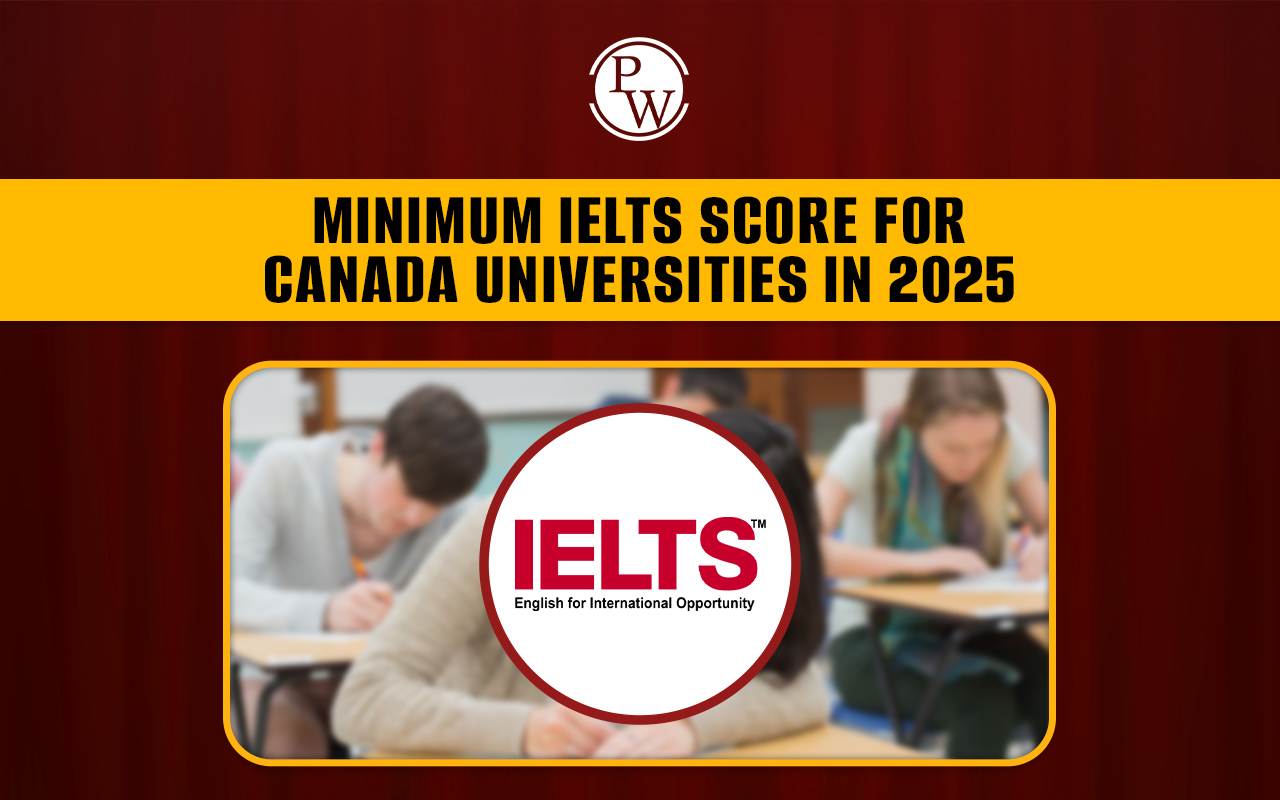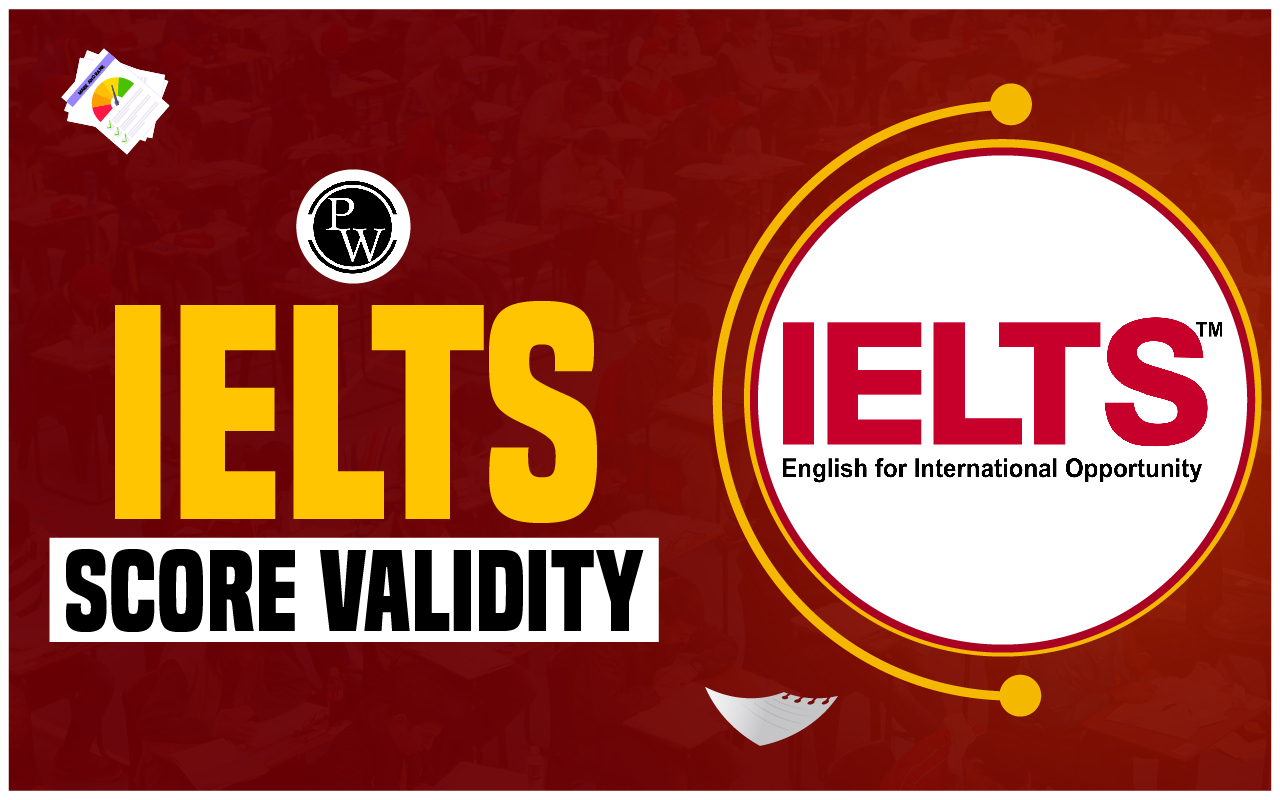
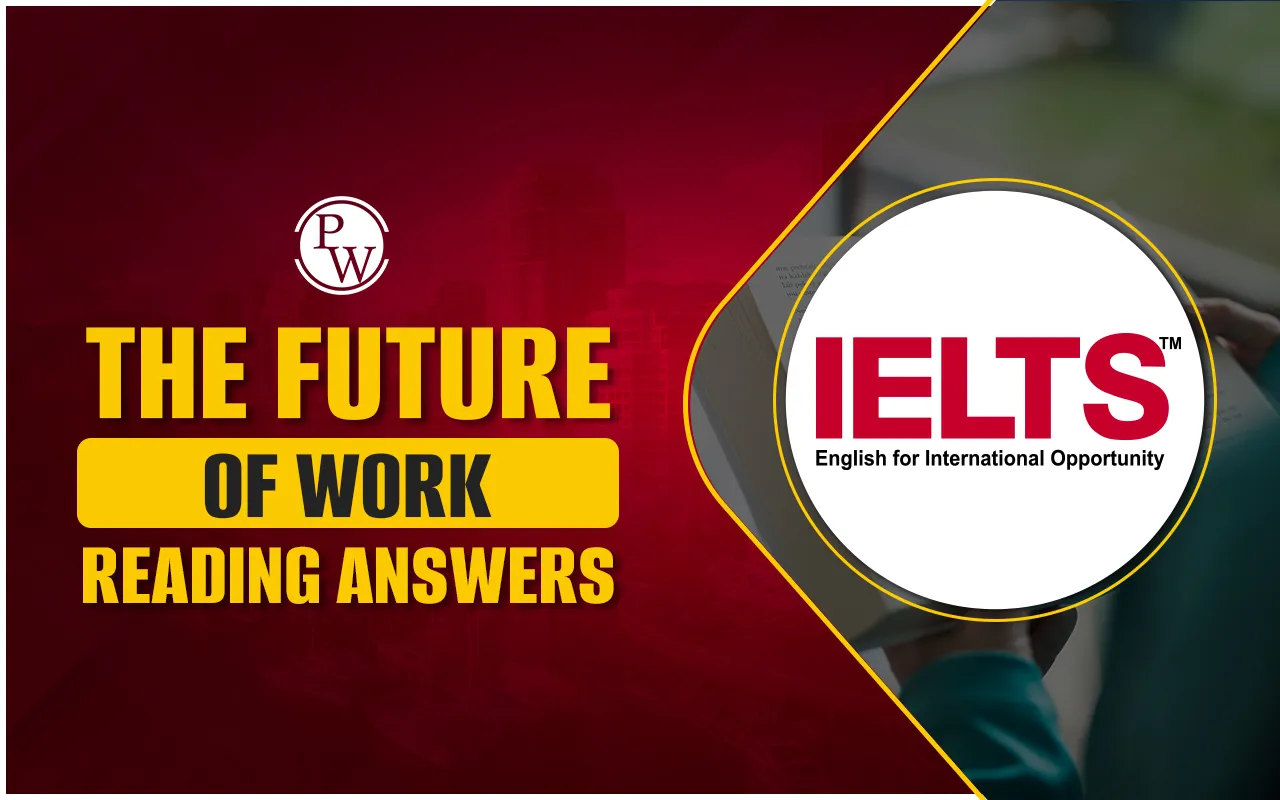
The Future Of Work Reading Answers: The Future of Work Reading Answers is a common topic that explores how automation, AI, and changing job trends are shaping the workplace. The passage discusses job transitions, the impact of technology on different professions, and the need for retraining.
In this guide, we provide a sample passage along with answers to help IELTS aspirants practice effectively. The question types in this passage include True/False/Not Given and Matching Information. Practicing these IELTS Reading section questions will improve reading comprehension and help candidates find answers quickly. Read till the end to gain a clear understanding of The Future of Work Reading Answers passage.
The Future Of Work Reading Answers Passage
You should spend about 20 minutes on Questions 1-13, which are based on the reading passage below.
The Future Of Work
Paragraph A: According to a leading business consultancy, 3-14% of the global workforce will need to switch to a different occupation within the next 10-15 years, and all workers will need to adapt as their occupations evolve alongside increasingly capable machines. Automation – or ‘embodied artificial intelligence’ (AI) – is one aspect of the disruptive effects of technology on the labour market. ‘Disembodied AI’, like the algorithms running in our smartphones, is another.
Paragraph B: Dr Stella Pachidi from Cambridge Judge Business School believes that some of the most fundamental changes are happening as a result of the ‘algorithmication’ of jobs that are dependent on data rather than on production – the so-called knowledge economy. Algorithms are capable of learning from data to undertake tasks that previously needed human judgement, such as reading legal contracts, analysing medical scans and gathering market intelligence. ‘In many cases, they can outperform humans,’ says Pachidi. ‘Organisations are attracted to using algorithms because they want to make choices based on what they consider is “perfect information”, as well as to reduce costs and enhance productivity.’‘But these enhancements are not without consequences,’ says Pachidi. ‘If routine cognitive tasks are taken over by AI, how do professions develop their future experts?’ she asks. ‘One way of learning about a job is “legitimate peripheral participation” – a novice stands next to experts and learns by observation. If this isn’t happening, then you need to find new ways to learn.’
Paragraph C: Another issue is the extent to which the technology influences or even controls the workforce. For over two years, Pachidi monitored a telecommunications company. ‘The way telecoms salespeople work is through personal and frequent contact with clients, using the benefit of experience to assess a situation and reach a decision. However, the company had started using a[n] … algorithm that defined when account managers should contact certain customers about which kinds of campaigns and what to offer them.’
Paragraph D: The algorithm – usually build by external designers – often becomes the keeper of knowledge, she explains. In cases like this, Pachidi believes, a short-sighted view begins to creep into working practices whereby workers learn through the ‘algorithm’s eyes’ and become dependent on its instructions. Alternative explorations – where experimentation and human instinct lead to progress and new ideas – are effectively discouraged. Pachidi and colleagues even observed people developing strategies to make the algorithm work to their own advantage. ‘We are seeing cases where workers feed the algorithm with false data to reach their targets,’ she reports.
Paragraph E: It’s scenarios like these that many researchers are working to avoid. Their objective is to make AI technologies more trustworthy and transparent, so that organisations and individuals understand how AI decisions are made. In the meantime, says Pachidi, ‘We need to make sure we fully understand the dilemmas that this new world raises regarding expertise, occupational boundaries and control.’
Paragraph F: Economist Professor Hamish Low believes that the future of work will involve major transitions across the whole life course for everyone: ‘The traditional trajectory of full-time education followed by full-time work followed by a pensioned retirement is a thing of the past,’ says Low. Instead, he envisages a multistage employment life: one where retraining happens across the life course, and where multiple jobs and no job happen by choice at different stages.
Paragraph G: On the subject of job losses, Low believes the predictions are founded on a fallacy: ‘It assumes that the number of jobs is fixed. If in 30 years, half of 100 jobs are being carried out by robots, that doesn’t mean we are left with just 50 jobs for humans. The number of jobs will increase: we would expect there to be 150 jobs.’ Dr Ewan McGaughey, at Cambridge’s Centre for Business Research and King’s College London, agrees that ‘apocalyptic’ views about the future of work are misguided. ‘It’s the laws that restrict the supply of capital to the job market, not the advent of new technologies that causes unemployment.’His recently published research answers the question of whether automation, AI and robotics will mean a ‘jobless future’ by looking at the causes of unemployment. ‘History is clear that change can mean redundancies. But social policies can tackle this through retraining and redeployment.’
Paragraph H: He adds: ‘If there is going to be change to jobs as a result of AI and robotics then I’d like to see governments seizing the opportunity to improve policy to enforce good job security. We can “reprogramme” the law to prepare for a fairer future of work and leisure.’ McGaughey’s findings are a call to arms to leaders of organisations, governments and banks to pre-empt the coming changes with bold new policies that guarantee full employment, fair incomes and a thriving economic democracy. ‘The promises of these new technologies are astounding. They deliver humankind the capacity to live in a way that nobody could have once imagined,’ he adds. ‘Just as the industrial revolution brought people past subsistence agriculture, and the corporate revolution enabled mass production, a third revolution has been pronounced. But it will not only be one of technology. The next revolution will be social.’
| IELTS Exam Important Links | |
|---|---|
| IELTS Reading Band Score | IELTS Listening Band Score |
| IELTS Speaking Band Score | IELTS Writing Band Score |
The Future Of Work Reading Answers Sample Questions
IELTS Multiple Choice Questions (Questions 1–4)
Choose the correct letter A, B, C or D.
1. According to the consultancy, what percentage of people will need to change jobs in the coming years?
A. 1–5%
B. 3–14%
C. 10–25%
D. 5–30%
2. What is one major concern raised by Dr Pachidi?
A. Employees will ask for higher wages
B. Companies will lose profits
C. Learning by observation may disappear
D. Automation will damage legal systems
3. Why do some workers manipulate the algorithm?
A. To replace their managers
B. To achieve performance goals
C. To help the developers
D. To increase product sales
4. What is Dr McGaughey’s view of automation?
A. It will lead to massive unemployment
B. Laws should limit technological progress
C. It offers a chance to improve society
D. AI will dominate government policies
IELTS Summary Completion (Questions 5–8)
Complete the summary below using NO MORE THAN TWO WORDS from the passage.
Dr Pachidi says that in the knowledge economy, jobs that rely on analysing _______ can now be done by algorithms.
Traditionally, new employees would learn by observing others, but this is no longer possible in some cases, so new _______ are needed.
She noticed that in one telecoms company, account managers were told when and how to contact customers by an _______.
Some staff even submitted false _______ to influence the system in their favour.
IELTS Matching Features (Questions 9–14)
Match the statements with the correct person:
A. Dr Stella Pachidi
B. Professor Hamish Low
C. Dr Ewan McGaughey
9. Believes new jobs will emerge to replace old ones.
10. Thinks governments should introduce better protections for workers.
11. Has seen evidence that people misuse AI systems.
12. Warns of the loss of professional development through passive learning.
13. Predicts that traditional employment patterns will disappear.
14. Believes that automation doesn’t necessarily lead to unemployment.
The Future Of Work Reading Answers with Explanations
Answers to Questions 1-14
|
Q |
Answer |
Location & Reference |
|---|---|---|
|
1 |
B |
Paragraph 1: "3–14% of the global workforce will need to switch..." |
|
2 |
C |
Paragraph 2: “If this isn’t happening, then you need to find new ways to learn.” |
|
3 |
B |
Paragraph 4: “...workers feed the algorithm with false data to reach their targets.” |
|
4 |
C |
Paragraph 7: “...governments seizing the opportunity to improve policy...” |
|
5 |
data |
Paragraph 2: “...jobs that are dependent on data...” |
|
6 |
methods |
Paragraph 2: “...then you need to find new ways to learn.” |
|
7 |
algorithm |
Paragraph 3: “...using a[n] algorithm that defined when account managers...” |
|
8 |
data |
Paragraph 4: “...workers feed the algorithm with false data...” |
|
9 |
B |
Paragraph 6: “The number of jobs will increase...” |
|
10 |
C |
Paragraph 7: “...governments... with bold new policies that guarantee full employment...” |
|
11 |
A |
Paragraph 4: “...people developing strategies to make the algorithm work to their advantage.” |
|
12 |
A |
Paragraph 2: “If this isn’t happening, then you need to find new ways to learn.” |
|
13 |
B |
Paragraph 6: “The traditional trajectory... is a thing of the past.” |
|
14 |
C |
Paragraph 6: “...not the advent of new technologies that causes unemployment.” |
Also Read:
- Should You Use All Capital Letters in the IELTS Listening and Reading Tests
- IELTS Reading Mistakes
- How to Improve IELTS Reading Score
- How to Manage Time in IELTS Reading
Guidance of PW IELTS
Physics Wallah offers multiple online IELTS courses for all students. Follow the IELTS pages to better prepare for the exam.
| What is IELTS Exam? | Documents Required for IELTS Registration |
| IELTS exam eligibility requirements | IELTS Exam Fees |
| IELTS test results | IELTS Exam Pattern |
The Future Of Work Reading Answers FAQs
What type of text is this in IELTS Reading?
Which IELTS Reading skills does this test?
Can multiple choice questions have more than one correct answer?
How should I approach matching features?
Is it okay to write one word for summary completion when two are allowed?

